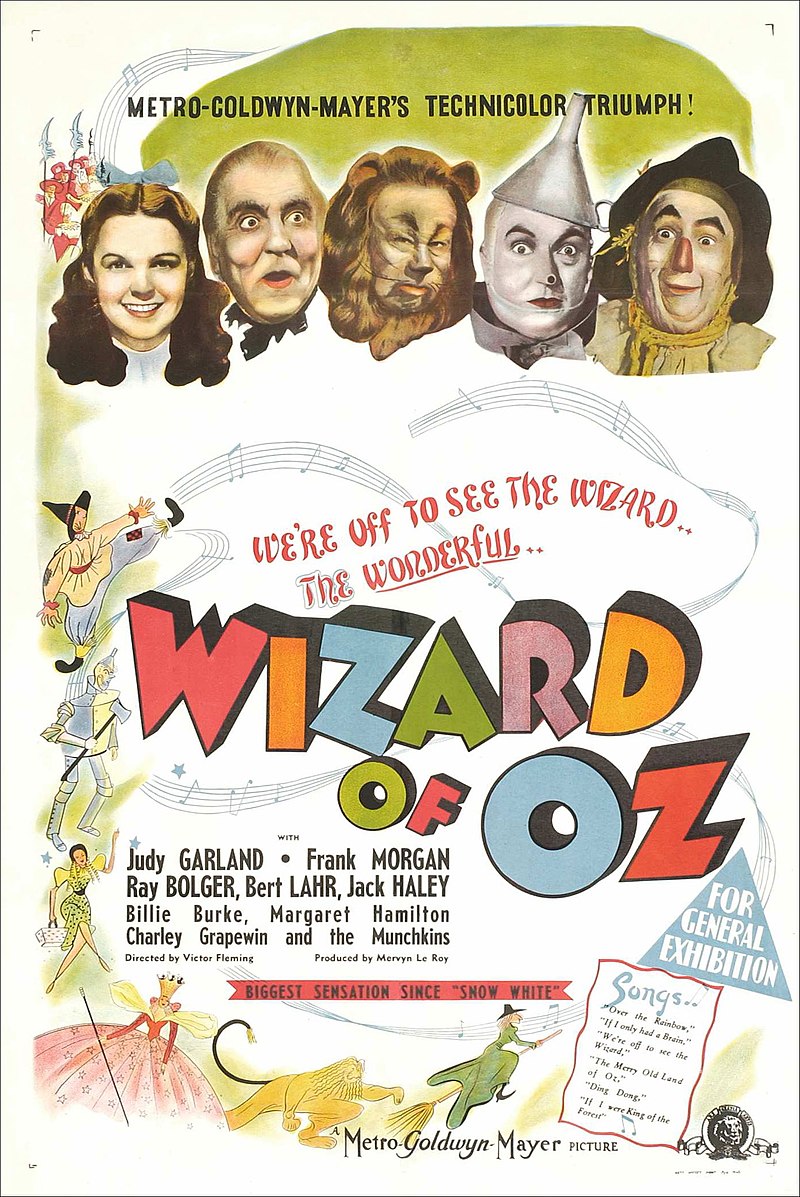We are thrilled to announce that Warner Bros. has broken the Guinness World Records® record for creating the Largest Candy Sculpture! The amazing work of art is based on The Wizard of Oz and was debuted in Los Angeles in honor of the film’s 75th Anniversary.
Under the guidance of famed sculptors, the confectionery masterpiece was built ENTIRELY out of candy, measuring in at 2.23 m (7′ 4″ tall) and 2.03 m (6′ 8″ wide). In addition to molded sugar, over 88,000 Jelly Belly® beans were used to achieve an impressive range of colors and detail!
Read on to learn more about the construction process in this special interview with sculptors Ray Villafane and Andy Bergholtz!
What scene or structure from Oz did you choose to replicate?
The sculpture depicts the Yellow Brick Road as it meanders through hills towards the Emerald City, with Dorothy’s iconic Ruby Slippers in the foreground. We chose this design for a few reasons. Not only does it contain the most iconic symbols of the movie – but it also allowed us a natural way to gain height and achieve the world record!
Can you describe the process/strategy associated with construction – as well as the challenges?
The Guinness World Records team required that the structure be made entirely out of candy – which was a definite challenge! The first step was creating a substructure, utilizing sand with a veneer cement. Once this hillside substructure was complete it was then coated with silicone and aluminum foil to prevent the poured sugar from sticking to it. Next, the poured sugar was prepared and laid out in slabs and allowed to cool slightly before being placed piece by piece onto the substructure. Utilizing a small torch, the poured sugar was then heated enough to allow us to stick the Jelly Belly beans onto the surface. After the entire structure was covered with Jelly Belly beans and cooled the pieces were carefully removed and the substructure cleared out. The slabs of Jelly Belly coated sugar were then reassembled without the supporting substructure!
The sheer size of the pieces along with the temperature variations caused many sections to develop cracks. The humidity also caused the sugar to weaken. Keeping the cracks to a minimum was definitely our biggest challenge.
How much sugar was used in the construction of the sculpture?
Roughly 220lbs of Jelly Belly beans (approximately 88,172) and 275lbs. of sugar were used for the sculpture! The entire sculpture took four days of working around the clock to complete!
You typically work with carving/sculpting pumpkins – how was it working with sugar?
While pumpkins and sugar are both edible mediums they each pose vastly different challenges. Each material offers drastically different aesthetics. The crystal-like appearance of sugar contrasts quite a bit to the fleshy pulp of a pumpkin.
Sugar can be heated and poured into molds as well as manipulated by hand as it begins to cool. In this respect, it is very similar to glass. There is a science to the temperatures in which it is prepared. Even after the piece is finished one must contend with the surrounding humidity. Moisture will find its way into the sugar causing it to weaken.
Pumpkins have their own set of challenges. Unlike sugar, they cannot be poured into molds or manipulated in any way. It is strictly a subtractive process. In addition to it being subtractive one must be careful not to break through the entire pumpkin wall when carving. When carving pumpkins cool moisture is helpful. Often we spray the pumpkin down with water as we carve. This helps keep the surface hydrated. Typically the pumpkin material will become more difficult to carve after 4-5 hours.
